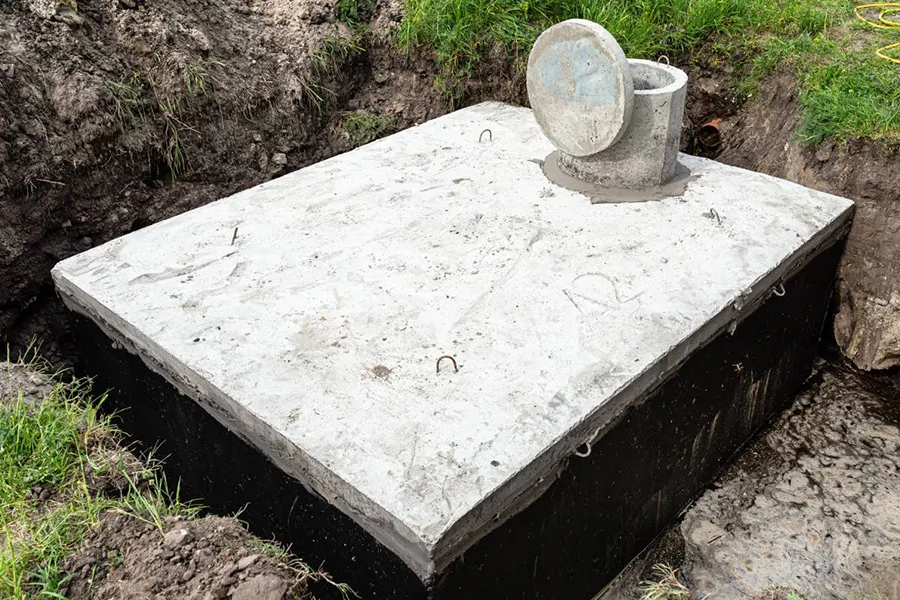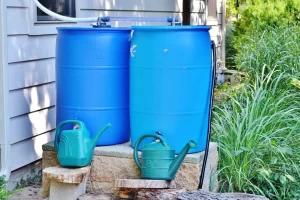GENERAL KNOWLEDGE ABOUT SEPTIC TANKS
Understanding the Septic System
Welcome to the world of septic systems! Understanding how these crucial components work is essential for every homeowner. Septic systems are decentralized wastewater treatment systems that operate independently of a municipal sewer. They consist of three main parts: the septic tank, drainfield, and soil absorption area.
1. Septic Tank:
- Receives and holds household wastewater.
- Allows solids to settle and liquids to flow into the drainfield.
2. Drainfield:
- Distributes treated wastewater into the soil.
- Promotes natural filtration and purification.
3. Soil:
- Serves as the final treatment and disposal area.
- Absorbs and filters remaining impurities.
Types of Septic Tanks
Now that you understand the basics, let’s explore the types of septic tanks available. From conventional to alternative systems, each has its unique characteristics. Traditional systems utilize anaerobic bacteria, while aerobic systems introduce oxygen for enhanced treatment. Understanding these differences is crucial for making informed choices about your septic system.
Size Matters: Determining the Right Tank Size
The size of your septic tank matters, and it’s not a one-size-fits-all scenario. Household size, water usage, and local regulations play vital roles in determining the appropriate tank size. We’ll guide you through the factors influencing tank size and offer advice on selecting the right one for your home.
SIGNS YOUR SEPTIC TANK NEEDS PUMPING
Pump It Up: When to Schedule Septic Tank Pumping
Regular pumping is key to maintaining a healthy septic system. Learn the signs indicating it’s time for pumping, including slow drains, odors, and soggy areas. We’ll emphasize the importance of preventive pumping to avoid costly issues down the line.
SEPTIC TANK MAINTENANCE DO’S AND DON’TS
Dos of Septic Tank Maintenance
Maintaining your septic system involves proactive measures:
- Schedule professional inspections regularly.
- Use septic-safe products for cleaning and flushing.
- Conserve water to reduce strain on the system.
Don’ts of Septic Tank Maintenance
Avoid common pitfalls:
- Don’t flush non-biodegradable items.
- Discourage the use of chemical drain cleaners.
- Warn against excessive water usage in a short period.
CONCLUSION
In conclusion, a well-maintained septic system is essential for a healthy home and environment. Selecting the right septic service company is critical. Consider criteria such as experience, reputation, and licensing when making your choice. Regular care, responsible usage, and prompt attention to issues ensure the longevity of your system. Alpha Omega Plumbing and Septic offer 24/7 emergency services so you always have access to a trusted company.
Share your septic system experiences and tips with us! For professional septic services in Honolulu and O’ahu, contact Alpha Omega Plumbing and Septic. Don’t keep this valuable knowledge to yourself—share it with your friends and family to promote a septic-savvy community!





